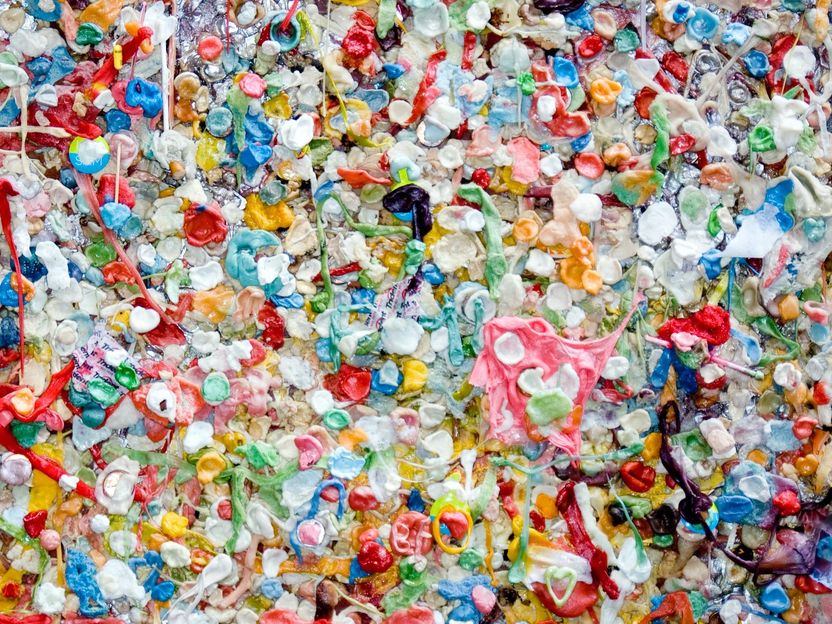Breakthrough in separating plastic waste
Machines can distinguish 12 different types of plastic thereby separate plastics according to their chemical composition
In contrast to common perceptions, plastic is in no way near one material. Rather, it is a combination of many materials (polymers) with different chemical compounds and additives such as pigments or fibres, depending on its use. It is very difficult to tell the difference between different types of plastics, and this is what makes it difficult to separate and recycle them.

Symbolic image
Unsplash
In collaboration with Vestforbrænding, Dansk Affaldsminimering Aps, and PLASTIX, researchers from the Department of Biological and Chemical Engineering at Aarhus University have now developed a new camera technology that can see the difference between 12 different types of plastics (PE, PP, PET, PS, PVC, PVDF, POM, PEEK, ABS, PMMA, PC, and PA12). Together, these constitute the vast majority of household plastic types.
The technology makes it possible to separate plastics based on a purer chemical composition than is possible today, and this opens up for completely new opportunities to recycle plastics. The technology has been tested at pilot scale and is planned to be implemented at PLASTIX and Dansk Affaldsminimering Aps in spring 2022.
"With this technology, we can now see the difference between all types of consumer plastics and several high-performance plastics. We can even see the difference between plastics that consist of the same chemical building blocks, but which are structured slightly differently. We use a hyperspectral camera in the infrared area, and machine learning to analyse and categorise the type of plastic directly on the conveyor belt. The plastic can then be separated into different types. It's a breakthrough that will have a huge impact on all plastics separation," says Associate Professor Mogens Hinge, who is heading the project at Aarhus University.
Plastics are currently separated using near-infrared technology (NIR) or via density tests (floats/sinks in water). These methods can separate certain plastic fractions (for example PE, PP, and PET), but not with the same accuracy as the new technology, and therefore not with the chemical purity in the composition, and this is vital to be able to increase the recycling rate of waste plastic.
"The technology we’ve developed in collaboration with the university is nothing short of a breakthrough for our ability to recycle plastics. We look forward to installing the technology in our processing hall and starting in earnest on the long journey towards 100% utilisation of waste plastic," says Hans Axel Kristensen, CEO of PLASTIX.
Plastic must be at least 96% pure by polymer type to be recycled in conventional industry. This means that the plastic has to be separated to an almost pure product in terms of chemical composition.
Using the new technology, we are now a big step along the way, says Associate Professor Mogens Hinge, who stresses that the technology is continuously being developed and that data indicates it may be possible to differentiate even further between polymer types and additives before long.
The hyper-spectral camera technology has been developed in cross-disciplinary collaboration, including BSc and MSc engineering students and researchers at the Department of Biological and Chemical Engineering at Aarhus University, as well as experts from the participating companies.
Original publication
Other news from the department science

Get the chemical industry in your inbox
By submitting this form you agree that LUMITOS AG will send you the newsletter(s) selected above by email. Your data will not be passed on to third parties. Your data will be stored and processed in accordance with our data protection regulations. LUMITOS may contact you by email for the purpose of advertising or market and opinion surveys. You can revoke your consent at any time without giving reasons to LUMITOS AG, Ernst-Augustin-Str. 2, 12489 Berlin, Germany or by e-mail at revoke@lumitos.com with effect for the future. In addition, each email contains a link to unsubscribe from the corresponding newsletter.




























































